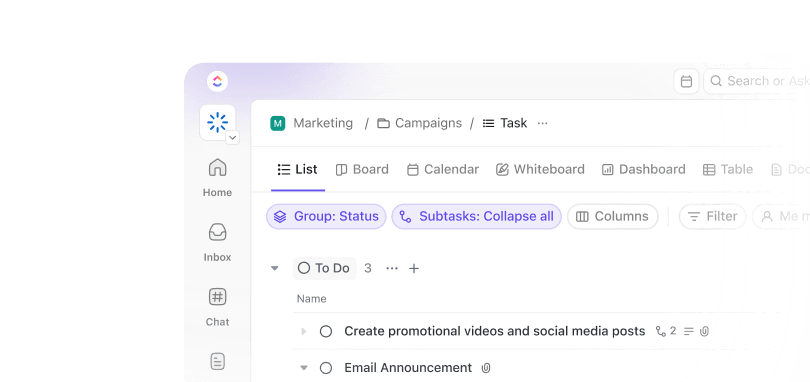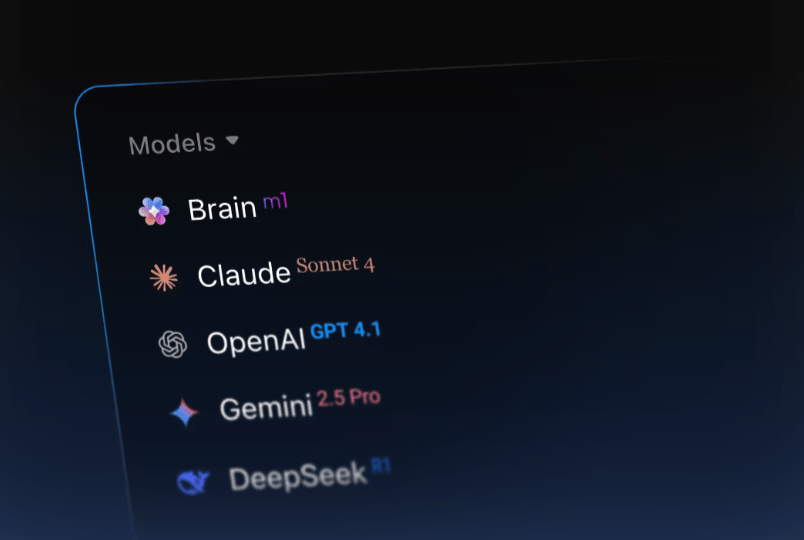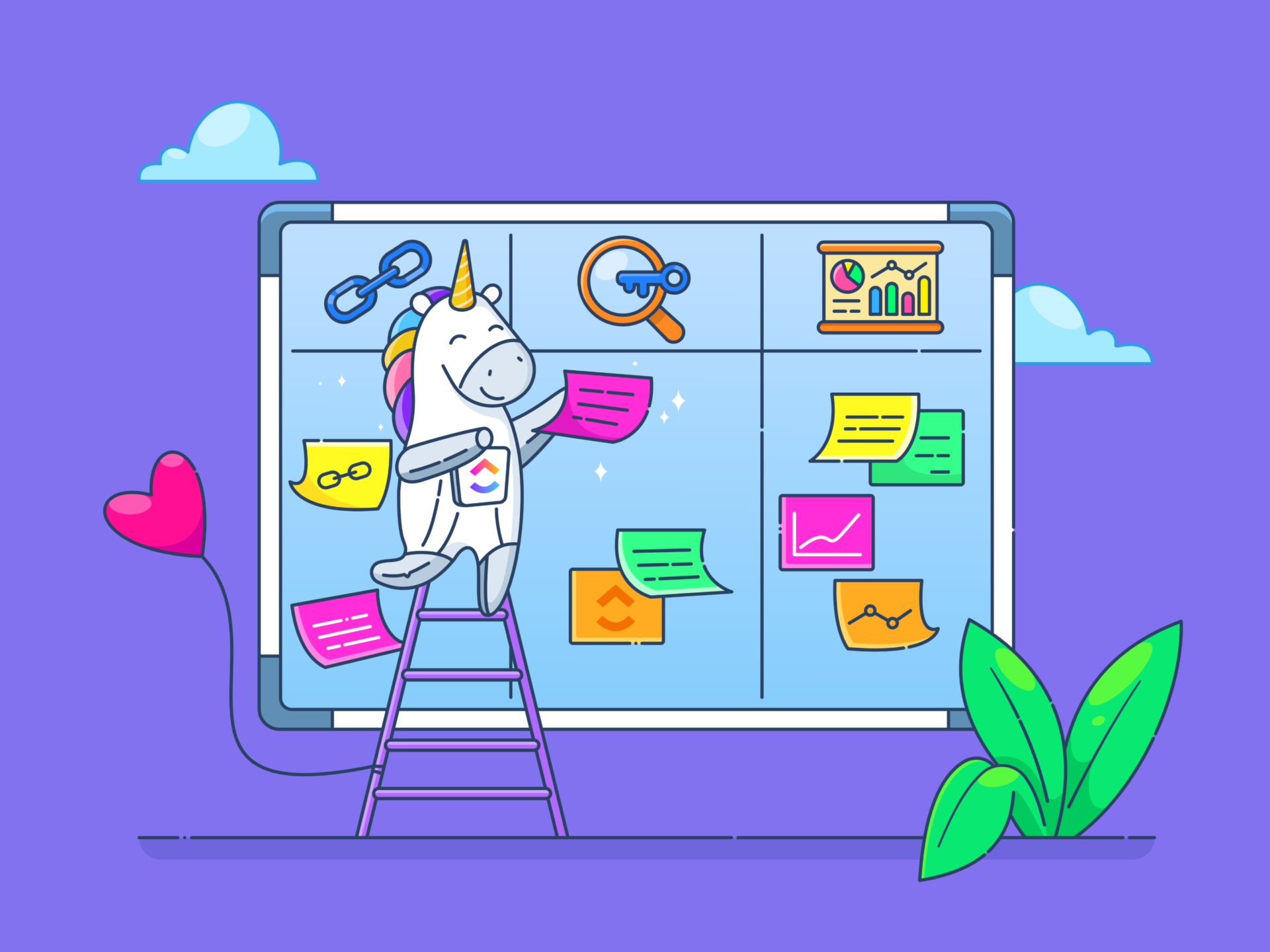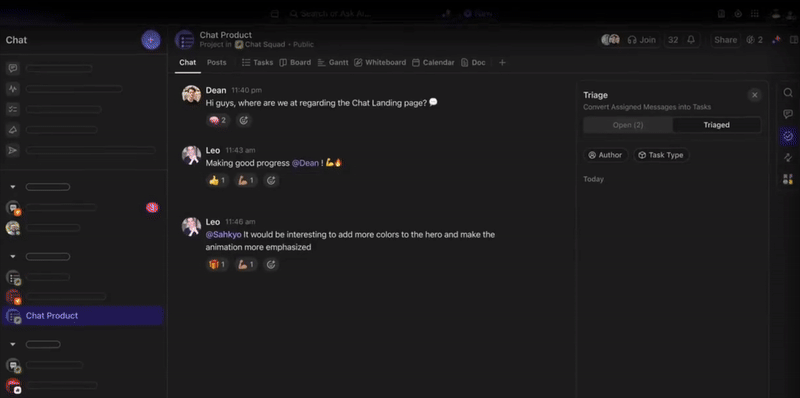Business leaders are caught in an investment paradox. AI spending has increased 130%, yet 80% of organizations report no tangible enterprise-wide EBIT impact from their generative AI investments (Source: Wharton, McKinsey).
This gap between investment and impact doesn’t stem from the technology itself. It comes from a reactive, fear-driven strategy that fuels agent sprawl and tool overload.
The fear of being left behind is driving a rushed obsession with onboarding new disconnected AI tools, inadvertently building an “AI Sprawl“—a disconnected ecosystem where individual tools are powerful but lack the shared context of a team’s core work areas.
This internal chaos is now spilling into public view, with software giants like Salesforce and Atlassian beginning to throttle or block third-party tools’ access to sensitive data and contextual work information.

It is this exact kind of chaos and fragmentation that challenges the assumption that the next AI tool will solve the sprawl problem. To move beyond speculation and uncover the reality of day-to-day AI use, we surveyed over 1,000 knowledge workers from around the globe.
Our goal was to answer critical questions: What is the true cost of AI Sprawl, and what truly drives knowledge workers to adopt AI for frequent, high-value use?
Key findings from our survey:
- Only 7.2% of teams rate their AI strategy as “super effective” with strong ROI
- 91% of workers use just 1-4 AI tools weekly, despite companies investing in dozens
- 44.8% of teams have already abandoned AI tools adopted in the past year
- Users with integrated AI are 2.78x more likely to achieve constant daily usage
The solution? Our research shows that contextual, integrated AI delivers dramatically higher adoption rates and user satisfaction.
The Great AI Abandonment Is Already Underway
While IT departments continue their buying sprees, employees have already voted with their workflows. Despite organizational investments in dozens of AI tools, 91% of workers only use 1-4 tools weekly:


- 54.4% use just 1-2 tools
- 36.8% use 3-4 tools
- Only 9% regularly use 5 or more tools
More alarming still, 44.8% of teams have already abandoned AI tools adopted within the past year:


- 32.0% abandoned some tools (fewer than half)
- 12.8% abandoned more than half of their AI investments
This isn’t just wasted licensing costs—it’s lost implementation time, training resources, and eroding employee trust in future AI initiatives.
The message is clear: Your AI portfolio likely contains significant dead weight. Every new tool added without retiring others increases the likelihood of further abandonment.
The Hidden Tax of Context Switching
Nearly half of all workers (46.5%) are forced to bounce between two or more AI tools to complete a single task.
This productivity-killing pattern—starting in one tool, copying results to another, reformulating prompts, reconciling outputs—creates compliance risks and confusion. It isn’t automation. It’s complication.
The impact shows in user satisfaction:
- 79.3% of workers report that AI prompting effort feels disproportionately high compared to output value
- Only 21.7% rarely experience this effort-to-value mismatch
Each tool switch requires:
- Re-explaining context
- Reformatting data
- Managing different interfaces
- Reconciling conflicting outputs
The cognitive load accumulates until using AI becomes harder than doing the work manually.
Bottom line: You’re not just losing productivity to switching—you’re training your teams to avoid AI altogether.
AI Operating in the Dark: Zero Context
Over a third of workers (34.4%) use AI tools with zero integration to their core work areas—projects, documents, and chats.


That means AI systems don’t know their projects, cannot access their documents, and cannot understand their conversations. It’s like hiring an assistant and blindfolding them.
The integration statistics reveal the full scope of the problem:
| Integration Level | Percentage of Users |
| Full Integration (all 3 work areas) | 25.6% |
| Partial Integration (2 areas) | 22.8% |
| Minimal Integration (1 area) | 17.3% |
| Zero Integration | 34.4% |
When AI can’t access the context where work happens, every interaction starts from zero—fueling the rise of shadow AI tools adopted without oversight or proper integration. Users must manually provide background, explain terminology, and reconstruct context that already exists in their work systems.
The reality: Without integration, AI tools become expensive calculators, adding security risks rather than functioning as intelligent assistants.
Workers Are Begging for Fewer Tools, Not More
Here’s a finding that should stop every AI strategy meeting in its tracks: 77.5% of workers would feel indifferent or relieved if half their AI tools were removed.


The breakdown reveals the depth of tool fatigue:
- 53.6% would feel indifferent
- 23.9% would actually feel relieved
- Only 15% would feel upset by consolidation
These aren’t technology resistors—they’re knowledge workers drowning in tool complexity who see consolidation as liberation. They understand what many leaders don’t—more tools mean more context switching, more passwords, more interfaces to learn, and ultimately, less productivity.
The path forward is clear: AI success runs through consolidation, not proliferation. Your teams aren’t asking for more options—they need simplification.
The Proof: Integration Changes Everything
The data crystallizes around a single truth: integration is the difference between AI success and failure.
The Integration Advantage
Workers with fully integrated AI are 2.78x more likely to use AI constantly throughout their day:


- 21.1% of integrated users report 20+ daily uses of AI
- Only 7.6% of non-integrated users achieve this frequency
The ROI Reality No One Wants to Face
Less than 1 in 10 teams achieve meaningful AI returns:
📊 Key ROI Metrics:
- Only 7.2% rate their AI strategy as “super effective” with strong ROI
- Over 66% are actively seeking expert guidance on AI implementation
- 95% of workers naturally stick to just 1-2 tools per task when given a choice
This isn’t disappointment; it’s wholesale failure. The scramble for external expertise reveals widespread recognition that current approaches have failed—often due to deep governance gaps in how AI strategies are designed and deployed.
Worker behavior tells the real story. They intuitively understand what many strategies miss: tool proliferation is the enemy of productivity.
The harsh truth: Your AI strategy likely isn’t working, and your teams know it.
From Sprawl to Strategy
The research points to clear actions for leaders ready to move beyond AI Sprawl:
❌ STOP:
- Procuring point solutions without native integration plans
- Measuring AI success by tool count rather than outcome metrics
- Ignoring the mounting evidence of tool fatigue and abandonment
- Building workflows dependent on fragile third-party integrations
✅ START:
- Auditing your current AI portfolio for redundancy and abandonment
- Prioritizing deeply integrated, contextual AI solutions
- Measuring success through adoption rates and efficiency gains
- Consolidating around platforms that provide AI within your workflow
The Contextual AI Solution
This is why we built Brain—not as another tool to add to your sprawl, but as a solution.


Unlike generic AI assistants, Brain:
- Learns your organization’s specific context and terminology
- Operates within existing workflows (no tool-switching required)
- Provides AI capabilities across all work areas from a single platform
- Delivers the integration that drives 2.78x higher adoption rates
Brain users report:
- 2.26x higher full integration rates
- 39.1% reach full integration (vs. 17.3% for other tools)
- 27.1% rarely experience AI frustration—the highest satisfaction rate
- 83% express relief at tool consolidation (vs. 13.5% of non-users)
These users have experienced what works and naturally gravitate toward simplification around effective tools.


The verdict: Deep, native integration doesn’t just improve AI—it transforms how teams work.
The Choice Is Clear
Our research proves that AI Sprawl is killing the promise of AI—to eliminate busywork, not create more of it. Frustrated by fragmentation, workers are rejecting tools, abandoning investments, and yearning for consolidation.
The small minority achieving success share one characteristic: deeply integrated, contextual AI.
The future belongs to organizations that understand this truth: AI value comes not from having many tools, but from having the right tool—one that understands your work context, integrates with your workflows, and grows more valuable over time.
The question for every leader:
Will you continue adding to the sprawl, watching abandonment rates rise, and ROI disappoint?
Or will you choose the proven path of contextual AI?
Take Action Today
Learn more about Brain
The only AI that connects across all of your work.
📺 Access the on-demand webinar and playbook
See how leading teams are eliminating AI Sprawl and achieving real ROI.
💬Schedule a personal consultation
Discuss your organization’s AI consolidation opportunity with our experts.
Research methodology: The data for this report was collected over a two-week period in mid-to-late June 2025. The survey, consisting of 10 multiple-choice questions, was administered anonymously to over 1000 participants. Respondents represented a balanced mix of professional roles, from executive leadership and managers to individual knowledge workers and entrepreneurs. For complete methodology and detailed findings, contact [email protected]


Everything you need to stay organized and get work done.













